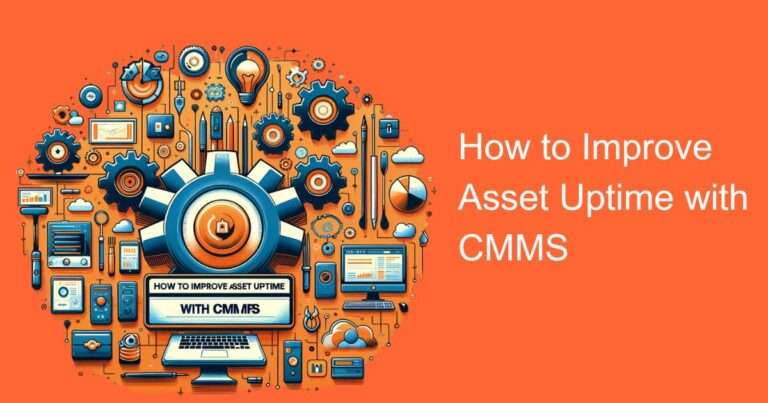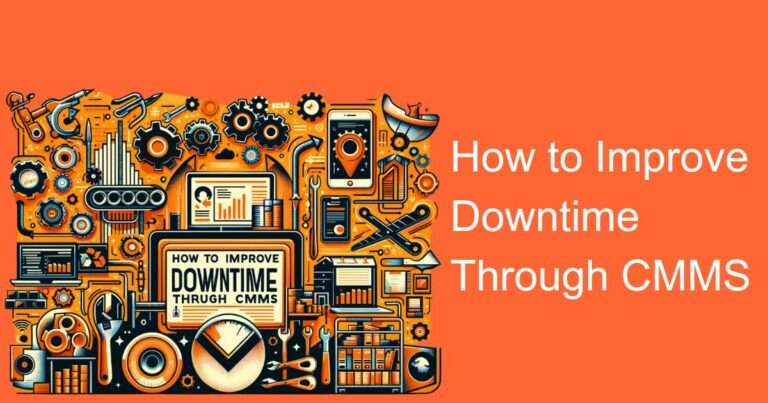Effective inventory management is a crucial aspect of any business, as it allows companies to keep track of their products, minimize waste, and maximize profits. One of the most efficient ways to manage inventory is through the use of a Computerized Maintenance Management System (CMMS). In this blog, we will explore the benefits of using a CMMS for inventory tracking, with a specific focus on the Indian context.
What is a CMMS?
A Computerized Maintenance Management System (CMMS) is a software application that enables businesses to manage and optimize their maintenance operations. It allows companies to keep track of their assets, schedule maintenance tasks, and monitor equipment performance. A CMMS can also be used for inventory tracking, which is the focus of this blog.
Benefits of Using a CMMS for Inventory Tracking:
1. Real-time inventory management:
One of the most significant benefits of using a CMMS for inventory tracking is real-time inventory management. With a CMMS, businesses can track their inventory levels in real-time, enabling them to manage their stock levels more efficiently. This means that businesses can avoid stockouts and reduce the risk of overstocking, which can lead to waste and increased costs.
2. Improved accuracy:
Another benefit of using a CMMS for inventory tracking is improved accuracy. A CMMS can automate inventory tracking, reducing the risk of human error. This means that businesses can ensure that their inventory records are accurate, which is crucial for efficient inventory management. Inaccurate inventory records can lead to overstocking or stockouts, which can result in lost sales and decreased profits.
3. Cost savings:
Using a CMMS for inventory tracking can also lead to cost savings. By managing inventory levels more efficiently, businesses can reduce the amount of capital tied up in inventory, reducing the risk of stock obsolescence and waste. Furthermore, by reducing the risk of stockouts and overstocking, businesses can minimize the costs associated with lost sales and excess inventory.
4. Improved customer satisfaction:
Efficient inventory management is essential for ensuring customer satisfaction. By using a CMMS for inventory tracking, businesses can ensure that they always have the right products in stock to meet customer demand. This means that businesses can reduce the risk of stockouts, which can lead to lost sales and dissatisfied customers.
5. Enhanced productivity:
Using a CMMS for inventory tracking can also enhance productivity. By automating inventory tracking, businesses can reduce the amount of time and resources required for inventory management. This means that businesses can focus on other areas of their operations, such as sales and marketing, which can lead to increased productivity and profitability.
The Indian Context:
In the Indian context, the benefits of using a CMMS for inventory tracking are particularly relevant. The Indian market is characterized by intense competition and tight profit margins. Efficient inventory management is therefore essential for businesses operating in India.
Furthermore, the Indian market is rapidly evolving, with e-commerce and online marketplaces becoming increasingly popular. This means that businesses must manage their inventory levels more efficiently to meet the demands of online customers.
Conclusion:
In conclusion, using a CMMS for inventory tracking can provide significant benefits for businesses operating in India. By enabling real-time inventory management, improving accuracy, reducing costs, enhancing customer satisfaction, and increasing productivity, a CMMS can help businesses to optimize their inventory management operations. As the Indian market continues to evolve, efficient inventory management will become increasingly important for businesses looking to remain competitive and profitable.







